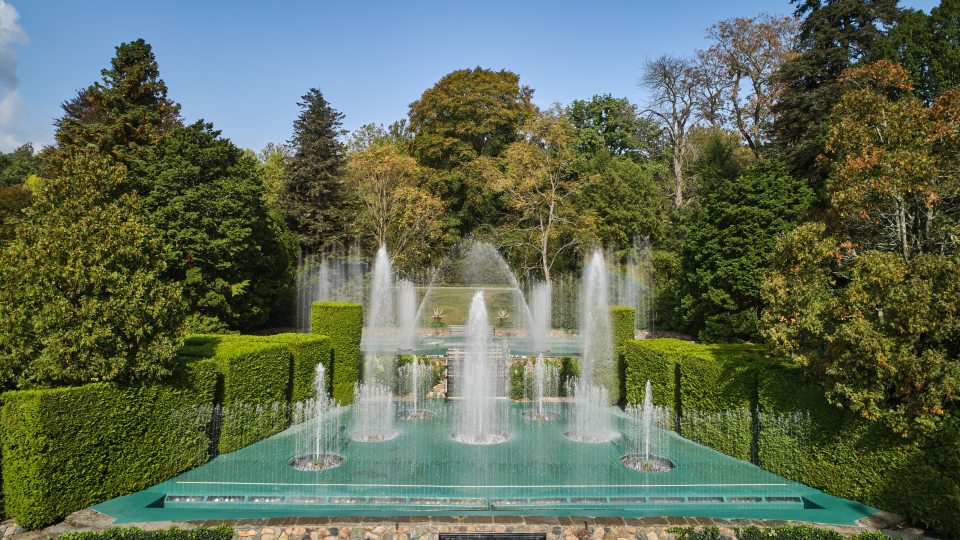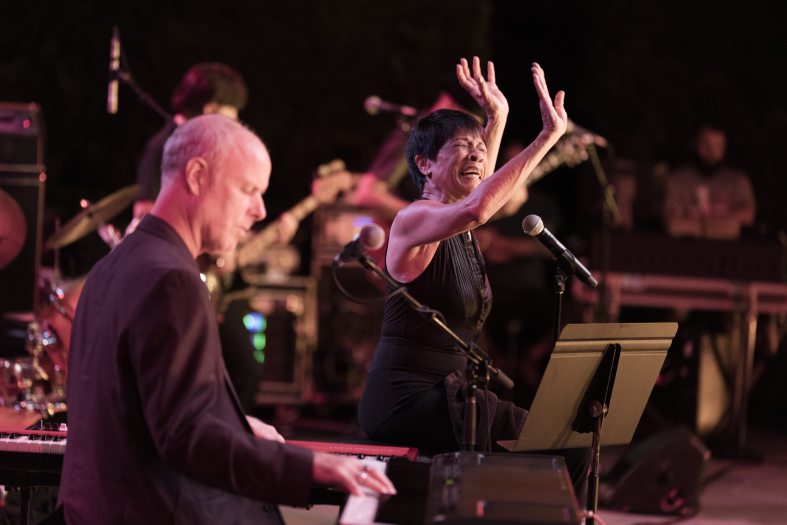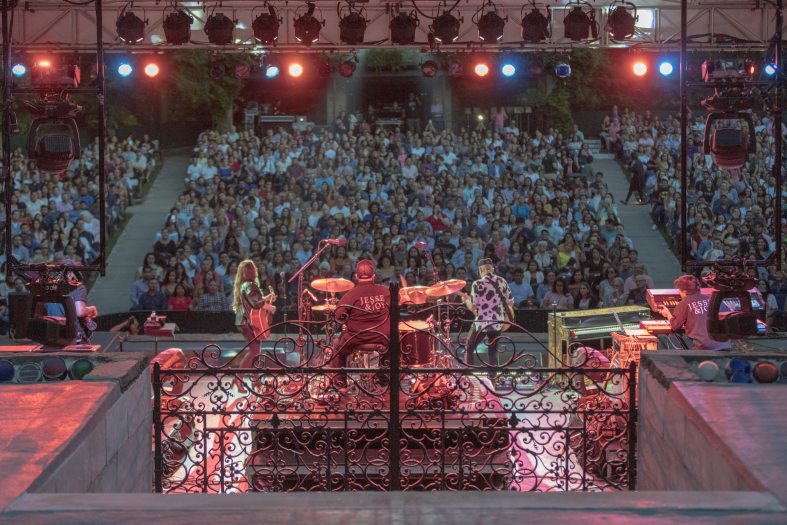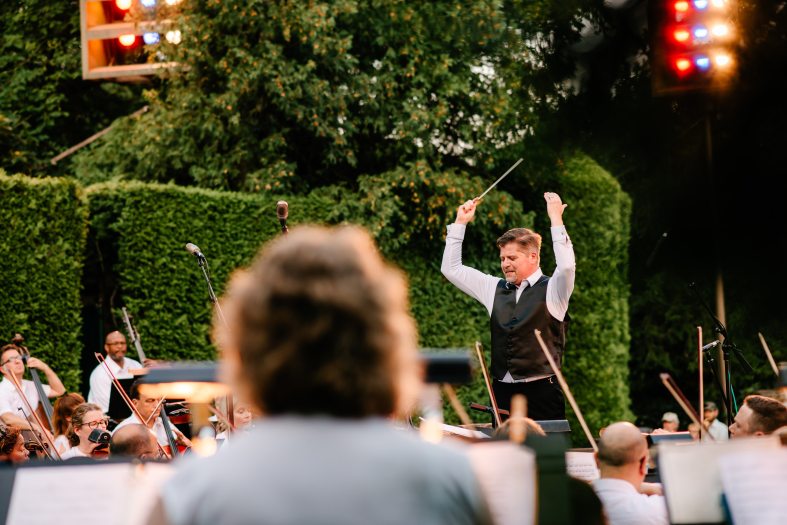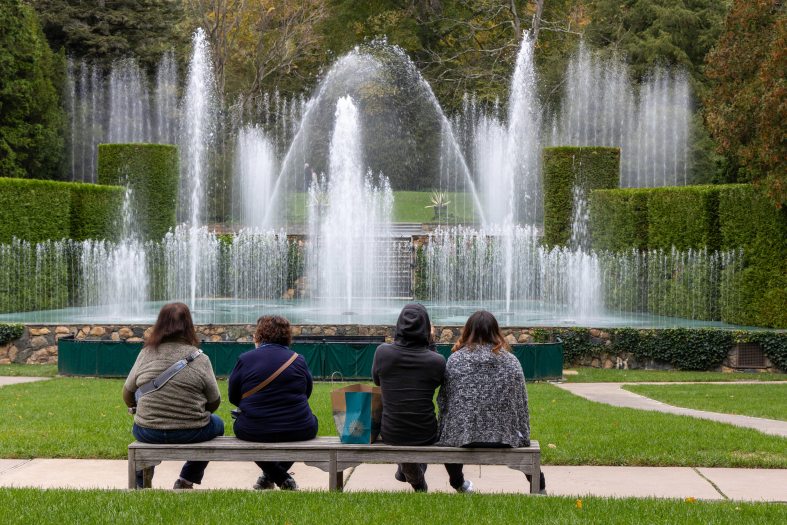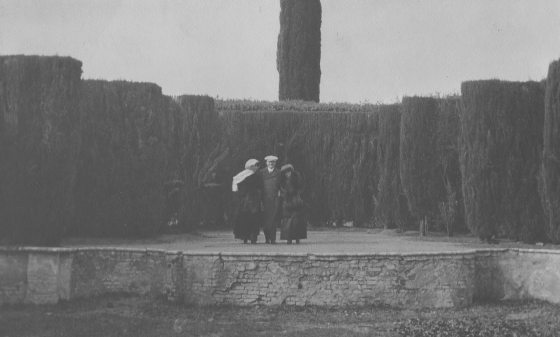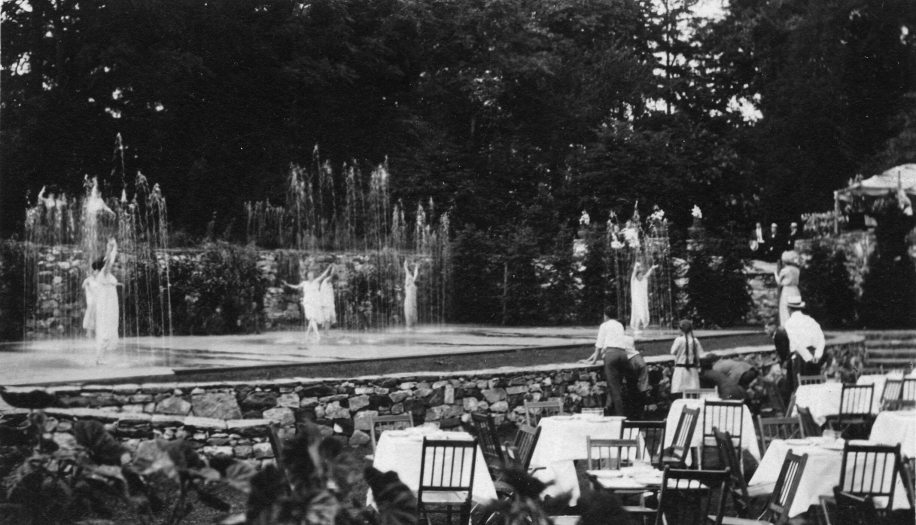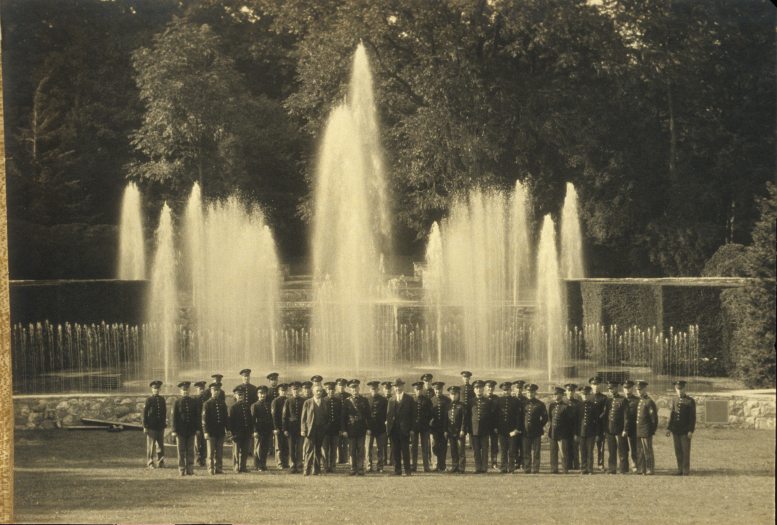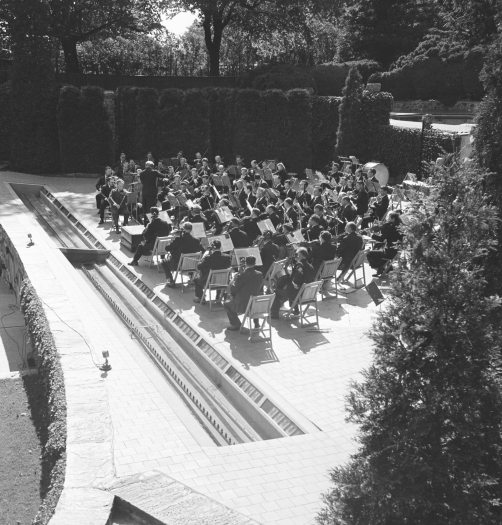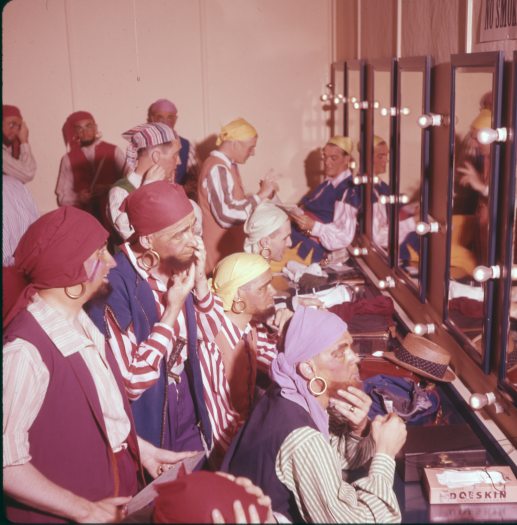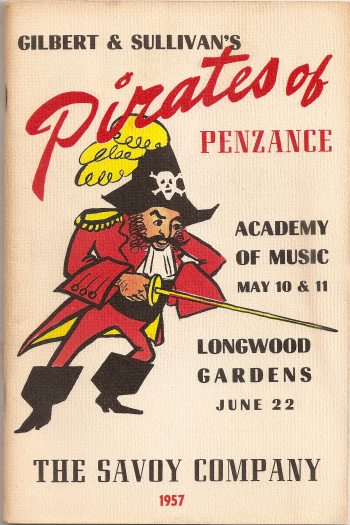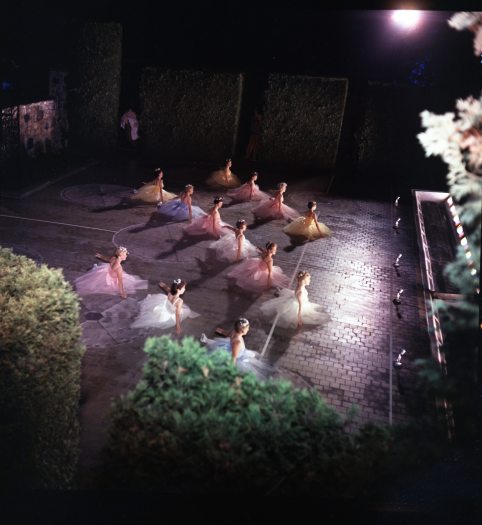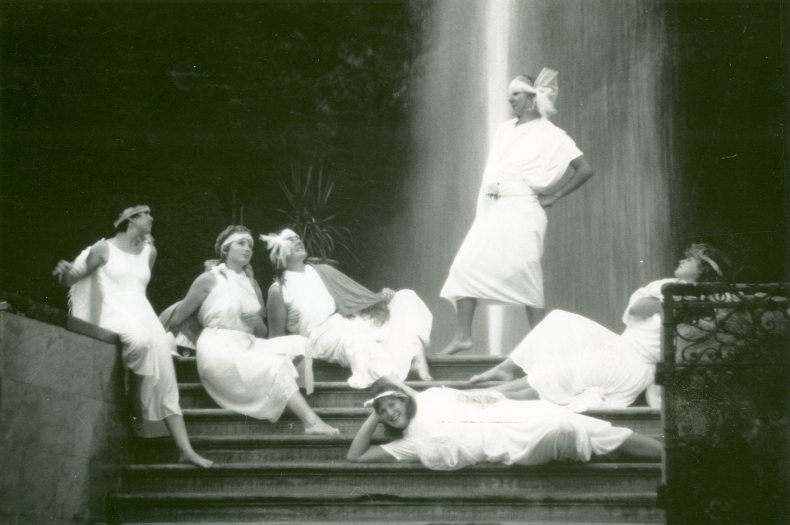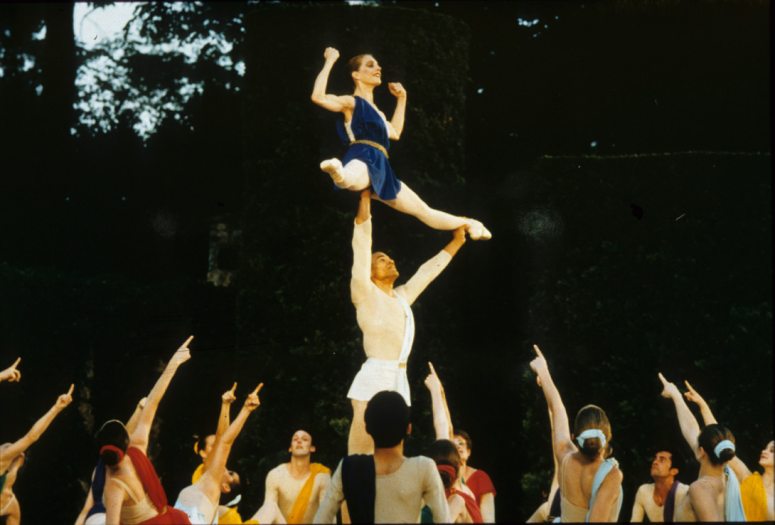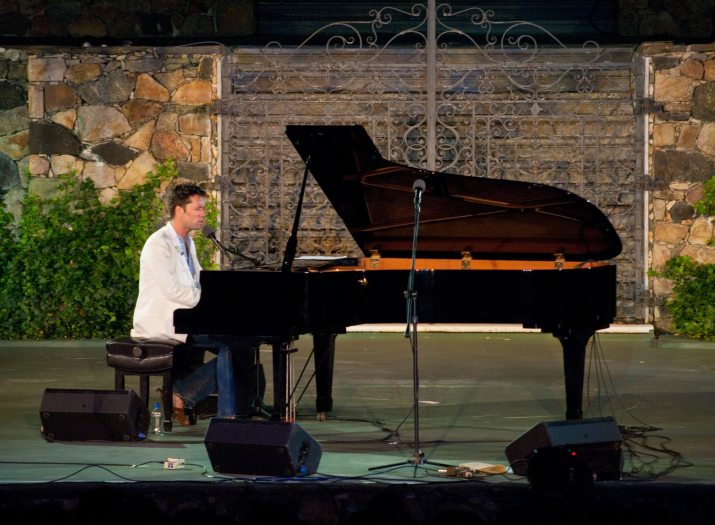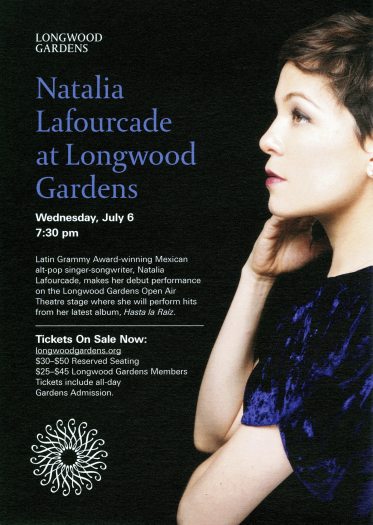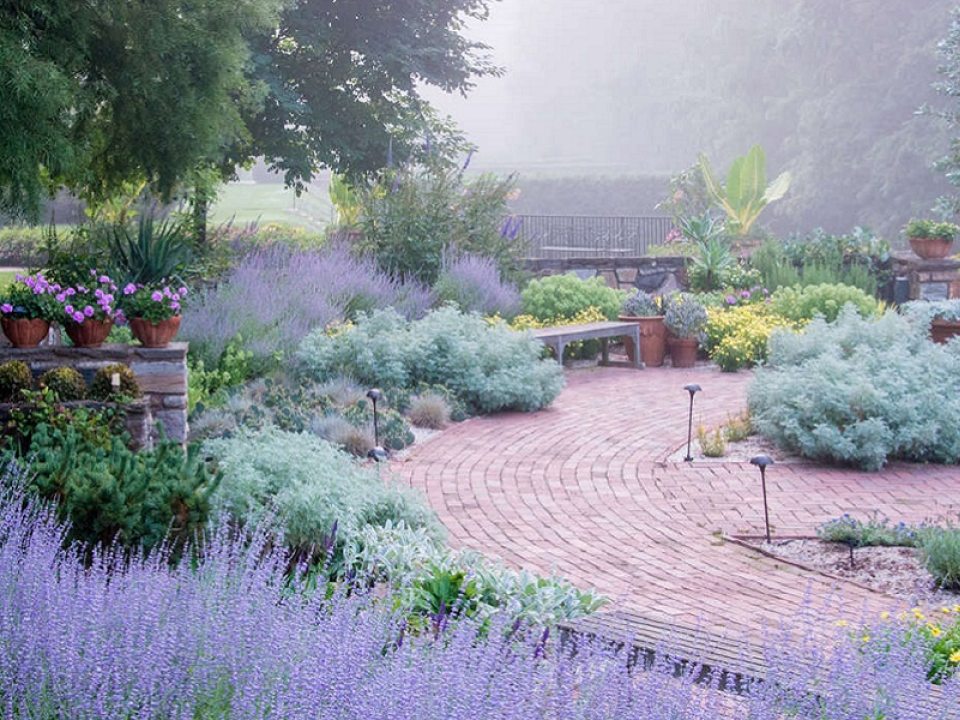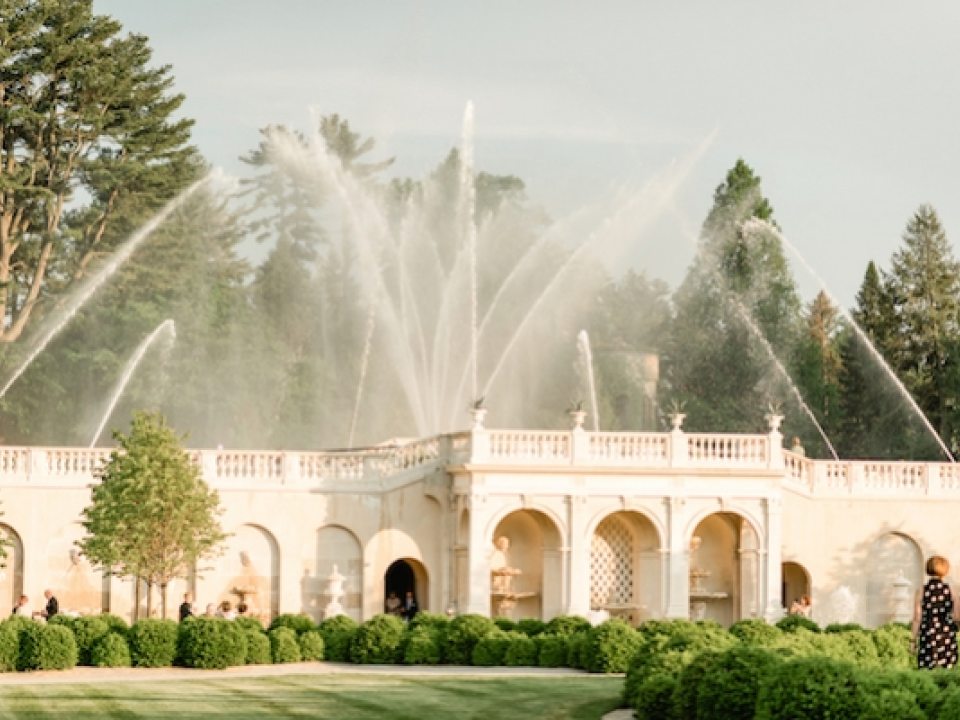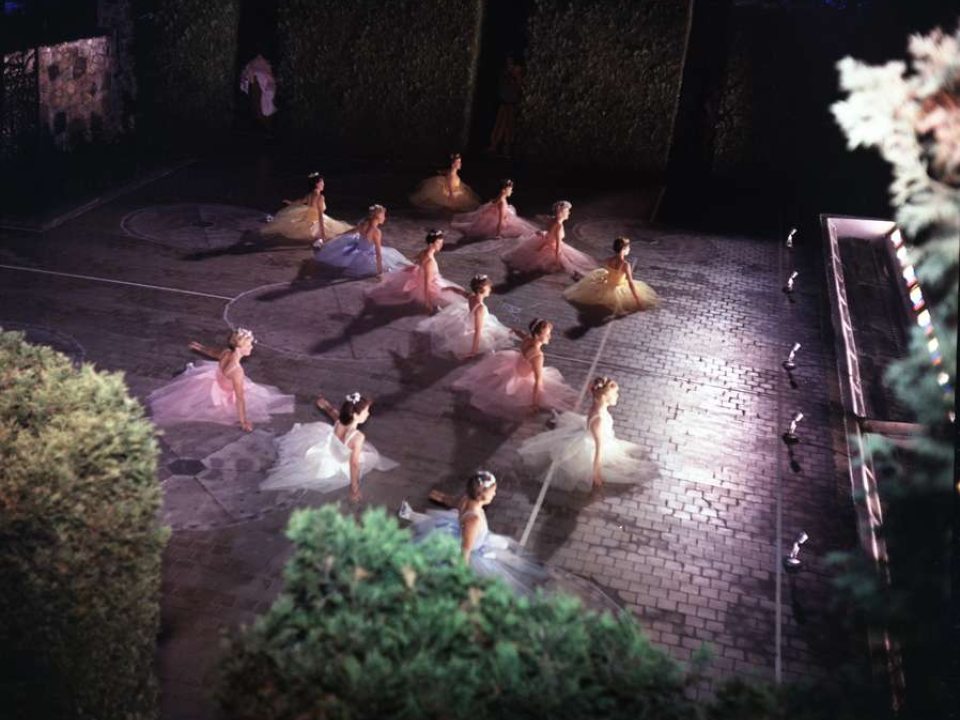Framed by a canopy of towering trees and clipped arborvitae, this Italian-style outdoor garden theater has come alive with countless performances of every kind since its debut in 1914. When the stage is unoccupied, the show goes on with delightful fountain performances throughout the day. Beneath the stars, the stunning illuminated fountains nestled within the stage create an experience of wonder and awe.
With a setting that’s impressive in its own right, this grand space is a feat of carefully considered design with thoughtful details. Theater wings tucked into the arborvitae and fountains embedded in the stage add an element of sophisticated visual drama to this charming performance venue. The underground dressing rooms allow for large productions to spring up in the middle of our formal Gardens. Top billing also goes to the 750 illuminated jets colorized with 600 lights, which run daily while in season.
The Open Air Theatre has hosted well over 1,500 performances since it opened more than 100 years ago. From musical acts to military bands, guests have enjoyed every imaginable type of production. The venue’s 1,500 seats allow for the comfortable enjoyment of the likes of Martha Graham, Rufus Wainwright, and Wynton Marsalis with the Lincoln Center Jazz Orchestra, to name a few.
Please note: The water features of this garden can be enjoyed from mid-April until early January.
